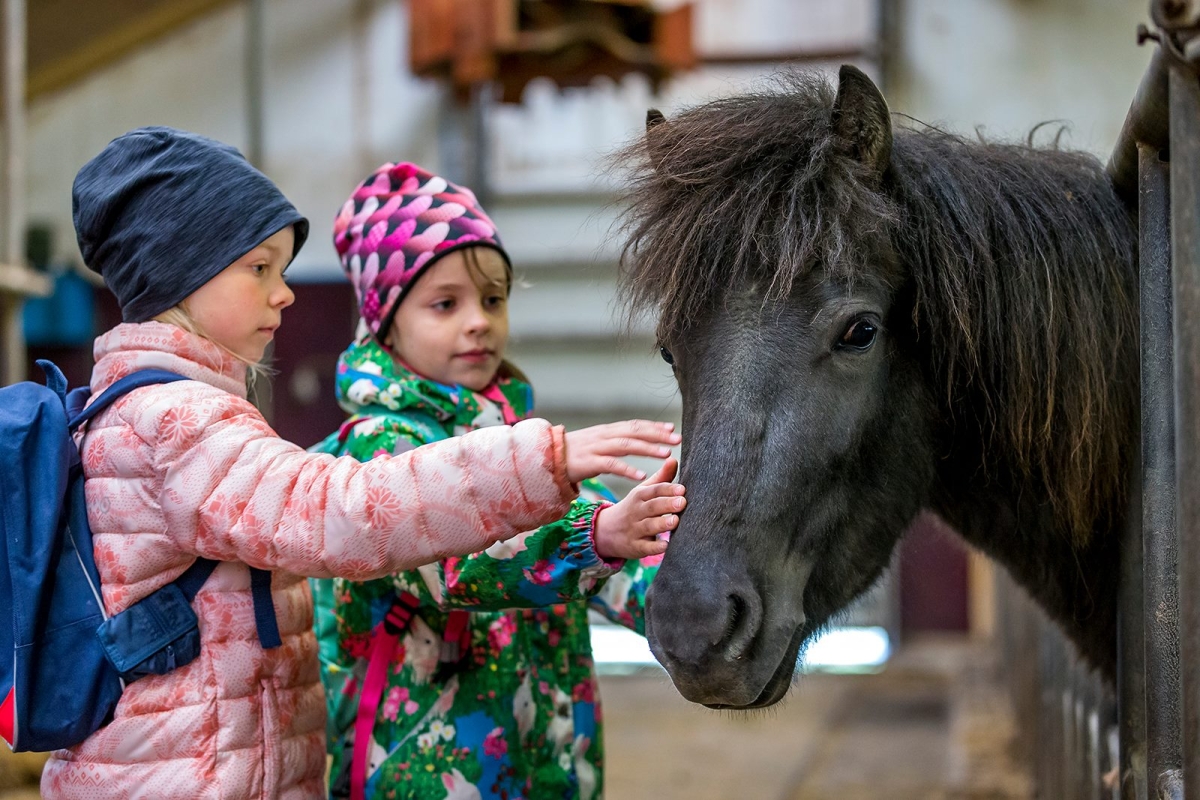Population
11. Mar 2024
Population on 1 February: 54,569 – up 0.8% year-on-year

Population growth in the Faroes is continuing for the tenth consecutive year. The growth has slowed down somewhat in the past two years. The excess of births has been relatively low, initially due to higher death rates and later due to a lower birth rate. Net migration has also gone down, with lower figures for both emigration and immigration. The resulting growth slowdown can be seen in the graph below, which shows the population trend since 1985.
[px-graph-1]
The population trend is determined by net migration (the difference in the number of immigrants and emigrants) and the excess of live births over deaths. The population growth in the past year comes from an excess of births of 160 people and a net migration figure of 290 people. The graph below shows that the population growth over the past year was slower than in the previous 12-month period.
Fewer migrations
The graph below indicates decreasing trends in both immigration and emigration. Immigration appears to be decreasing slightly more than emigration and is now at the same level as in 2020. This results in a lower net migration figure. In the 2017-2022 period, the annual net migration figure ranged between 400 and 500. This figure reached 290 in the past year.
[px-graph-2]
Fewer births and fewer deaths
The graph below shows a downward trend in both birth rates and death rates over the past two years. The death rate has declined more than the birth rate, resulting in a higher excess of births over deaths. Prior to the large decline in the excess of births that began two years ago, the excess of births figure ranged between 200 and 300. In the previous 12-month period, this figure reached 143. In the past year it increased to 160.
[px-graph-3]
Almost 1,000 long-term residents are non-Danish citizens
The graph below shows the number of long-term residents and how many of these are Danish citizens and how many are not.
On 1 February, 51,252 Faroese residents were long-term residents. This means that 94% of all residents have either lived in the Faroes for half their lives or for 7 out of 10 consecutive years at some point in their lives. These criteria for long-term residency are based on citizenship requirements used in other Nordic countries. The number of long-term residents who are not Danish citizens thus gives an indication of how many people in the Faroes meet the permanent residency requirement for Danish citizenship. On 1 February, this number was almost 1,000.
For comparison, it is worth noting that up to 1 January 2024, a total of 410 individuals listed in the national register had been granted Danish citizenship.
Long-term residency is a new concept used by Statistics Faroe Islands. Read more about long-term residency on the theme page and in the article about long-term residents.
[px-graph-4]
Growth in several municipalities
Despite a slowing nationwide population growth, 14 of the 29 municipalities saw growth in the past year. Tórshavn, Klaksvík, Runavík and Eystur municipalities had the highest growth. Within these municipalities, the highest growth was in Tórshavn, Hoyvík, Klaksvík and Leirvík. The population declined in 13 municipalities and remained unchanged in two. The table below shows the population across all 29 municipalities, with details for each town and village on 1 February 2023 and 1 February 2024.
[px-graph-5]
Population figures have a one-month lag
The figures have a one-month lag due to delays in registrations, especially regarding address changes, where many registrations are made after the month of address change has ended. To accommodate as many corrections as possible, there is a one-month lag in the data.
About the population figures
The population is defined as all individuals registered in the national register as residents of the Faroe Islands. Population data includes date of birth, gender, place of birth, citizenship, relationship status, and, where applicable, information on immigration and emigration, domestically as well as between the Faroe Islands and other nations.
About the trend
The trend describes the population trend by adjusting for seasonal effects and other error components in the population figure.